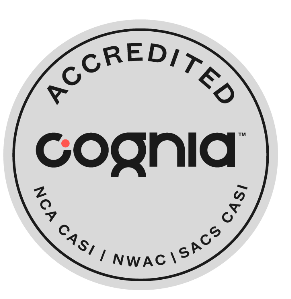Think it’s challenging to dig out of your driveway on a snowy winter morning in a mad rush to get your kids to school on time? Try readying 45 schools to receive them.
When the wind bites and ice hits, Canyons District custodians and ground crews report to work while it’s still dark, often as early as 3 to 5 a.m., to make sure our schools are warm and welcoming. A crew of 15-25 snow-plow trucks have generally already done a first pass to clear parking lots, but often there’s plenty of work to be done to remove slush and ice from sidewalks and entryways.
“Depending on the amount of snow, it can take one-to-three hours to clear an elementary campus, or longer for a middle or high school,” says Assistant Director of Facility Services Scott Taggart. “If we do our jobs well, what we do generally goes unnoticed. But there’s no question that what we do is important. It’s one of the many ways this District is working behind the scenes to keep schools healthy and safe.” 
Canyons also owns seven plow trucks to deposit ice-melt in advance of storms. On any given winter, the District will use in excess of 500 tons of the de-icing material. To put that in perspective, one ton is the equivalent of 40 store-bought bags of ice-melt weighing 50 lbs. apiece. Now imagine 20,000 of those bags, and you get the picture.
A half-dozen alarm responders also monitor school systems to ensure thermostats, pipes, water heaters, furnaces, and other essential functions are in good working order. And bus drivers get an early start, surveying road conditions at about 4 a.m. to determine if the District’s fleet of 167 buses are able to safely transport 14,591 children to and from school.
Computerized engine heaters are deployed to keep the diesel-run buses warm enough to start in the frigid morning temperatures. But even in the coldest of cold-snaps, our buses, which average 12,743 miles a day, can overheat or break down, which is where a team of 27 dispatchers, routers and mechanics come into play. Each year, Canyons buses are serviced an average of 2,800 times, from oil changes to engine overhauls.
And, of course, we rely on the cities our schools serveCottonwood Heights, Draper, Sandy, Midvale, and the Towns of Alta and Brightonto keep our roadways maintained and employ crossing guards who, rain or shine, help students traverse busy roadways and intersections.
“The safety and welfare of our students is a communitywide priority in Canyons District,” says CSD’s Transportation Directory Jeremy Wardle. “It takes all of us to put kids first.”






